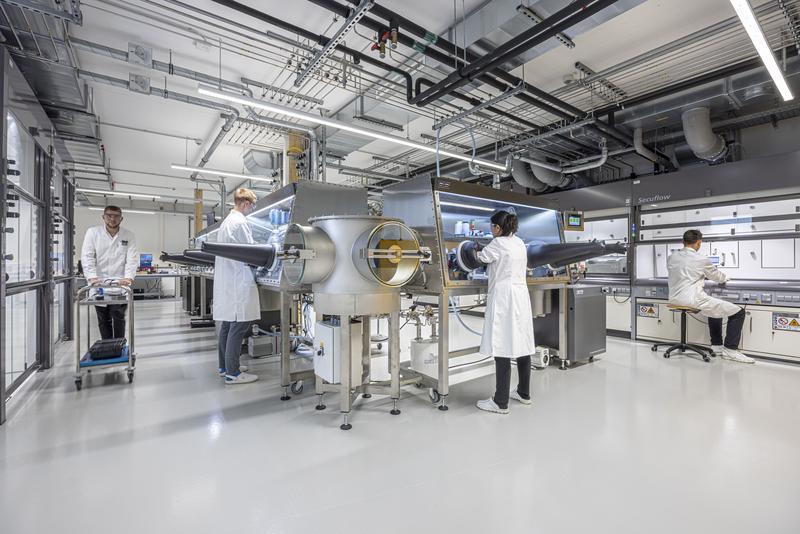In today’s complex industrial environments, safety is not just a priority—it’s a mandate. Whether operating in manufacturing plants, refineries, semiconductor facilities, or data centers, one of the most vital safety systems you can invest in is a reliable industrial gas detector. These life-saving devices monitor and alert personnel of hazardous gas leaks, enabling prompt responses
READ MOREBlog
Blog
What Should You Use to Detect a Gas Leak? Tools & Techniques Explained
When it comes to gas safety, one of the most pressing questions for facility managers, homeowners, and industrial operators alike is: What should you use to detect a gas leak? Whether you’re dealing with combustible gases like methane or propane or toxic gases such as carbon monoxide or ammonia, early detection is crucial for preventing
READ MOREThe Importance of Regular Gas Detection Maintenance for Commercial Properties
In today’s fast-paced commercial environments, ensuring the safety of employees, clients, and visitors is a top priority. Gas detection systems play a pivotal role in maintaining a safe atmosphere within commercial properties, offering a critical line of defense against harmful gas leaks. However, the effectiveness of these systems heavily depends on regular maintenance. Neglecting this
READ MOREToxic Gas Detection in San Jose, CA Can Sense Hazardous Gases Emanating from Reused Landfill Sites
Has it ever crossed your mind to invest in a quality system specifically for toxic gas detection in San Jose, CA? Though most commercial and industrial business buildings should install such systems, those built on top of repurposed landfill sites are more at risk of toxic gas exposure. Let’s take a look at what landfill
READ MOREBenefits of Gas Detection Systems in San Jose, CA for Commercial Buildings
Certain types of commercial and industrial facilities have the potential for gas-related hazards, more so than many other kinds of business settings. Types of gas hazards include oxygen depletion, explosive gas presence and toxicity. But with the right gas detection system in place, you can rest easy knowing both occupied and unoccupied areas of your
READ MORE

